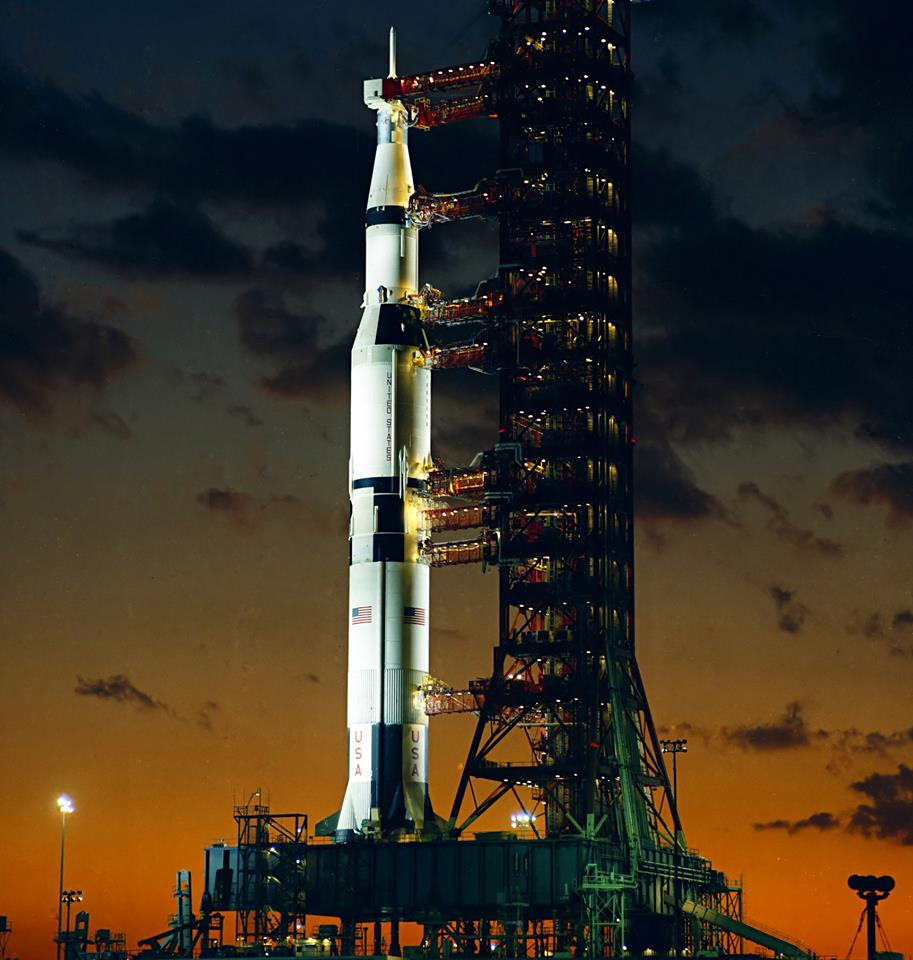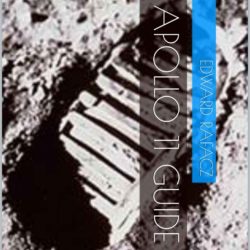| Apollo 11 took Neil Armstrong and Buzz Aldrin to the surface of the moon. They landed with only seconds of fuel left before they would have been stranded on the surface. Part of the excess use of fuel was due to distractions and they could have been eliminated use technology available today like E-Manuals. Just before touching down, two guidance computer errors came up that almost aborted the landing and they were errors 1201 and 1202. Several precious seconds were spent by engineers trying to find out what they meant. Ignoring the errors as erroneous and to keep the mission came down to one man, Jack Garmin from Oak Park Illinois, and his ability to find the correct answer. His success came down to how fast he could navigate reams of paper manuals without using tools like Google. Today, this type of problems still exists for astronauts and tools like Google don’t help and may aggravate the situation. This is because modern search engines are designed to be sticky which is why people spend an hour searching for things at work and end up watching cat videos. What is needed is a tool that is not sticky that reduces the steps to get the answer, or as I say, reduce the informational footprint. This means not to get the answer within a probability of a 90% confidence level, but a 100% probability to get the correct answer every time the first time especially in life threatening situations. | |||
In previous writings, I have shown how Voice activation takes 10 seconds, but most of that is us humans doing the act of asking. Another quick way to get the correct answer is a manual with hyperlinked alphabetical index and hyperlinked key words for components and diagrams.
E-books can fulfill these requirements but few take advantage of this characteristic. One that does is the e-manual for the Apollo Spacecraft. It can answer any question on the first spacecraft to take man to the moon in one click and here are its tricks.
Like most e-book, this e-manual has hyperlinks to it’s sections, in this case is for each system, in the main index in the front.
Then each section in the e-manual is broken down further to each component of that system. This way if you have a question on the outside of Control Module, you just go to the Control Module section and select the External Compartments.
But what if you don’t know the name of the component that you are looking for but you know it is on the external surface of the command module? That’s where the hidden power of the e-manuals really shines.
Next to the image diagram of the e-manual of the Apollo 11 Guide, there are hyperlinked words in a column. These hyperlinked words match those on the image diagram and take the user directly to all the information on the selected component. In one click and a second later, you have your answer.
The beauty in this e-manual is it’s dichotomy with the state-of-the-art search engines of today. Instead of using Artificial Intelligence to guess what you need with a high probability of being correct, it uses Trained Intelligence to get the correct answer the first time, every time, in one click.
What this translates to you is an increase in productivity of answering your question by a factor of seven. In other words, you won’t waste 45 minutes on the internet wondering why you haven’t gotten your answer and not have gotten any closer to answering your question.


Thanks! new one coming out today.
Keep up the good work, thanks!
Thanks! Just wait, more coming.